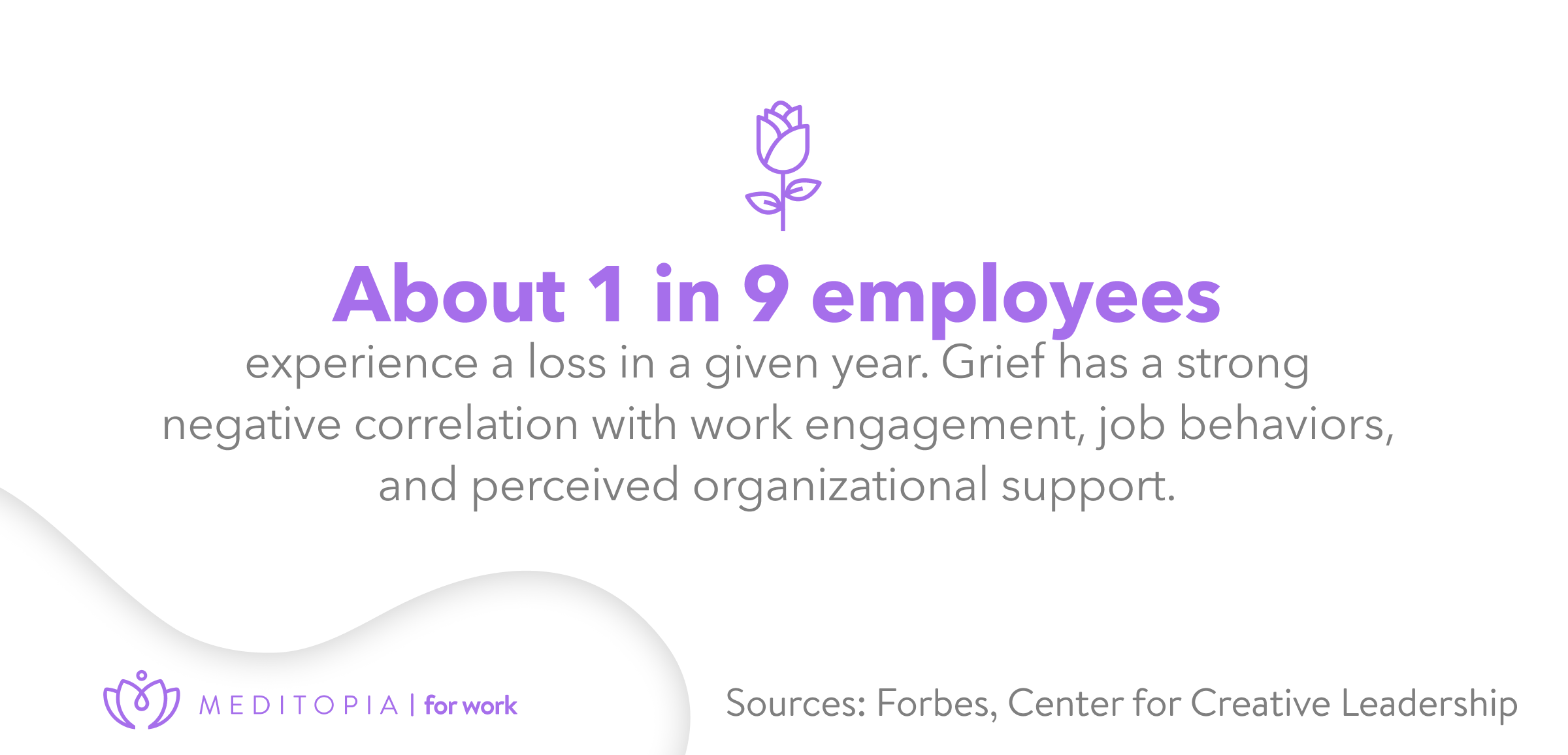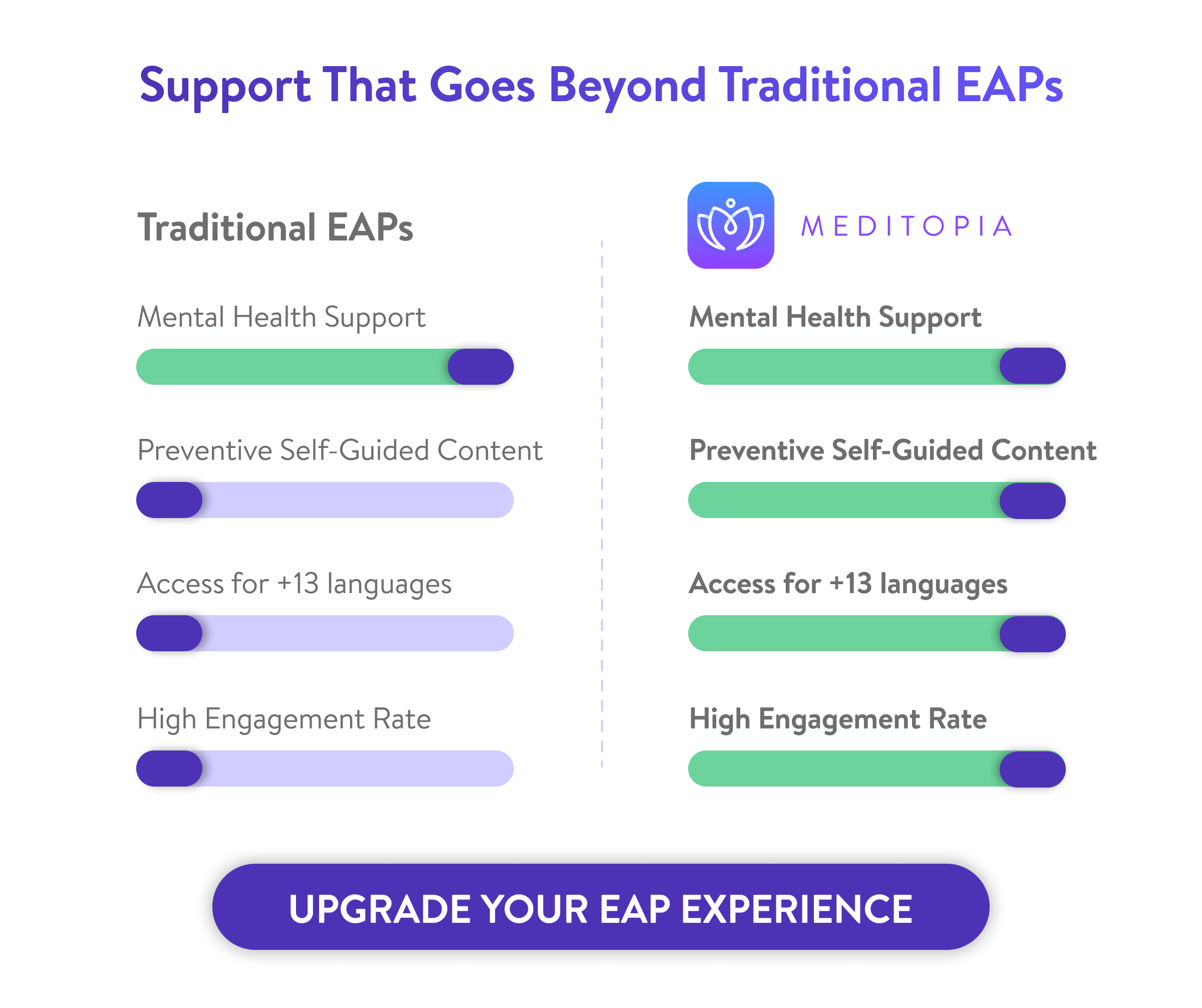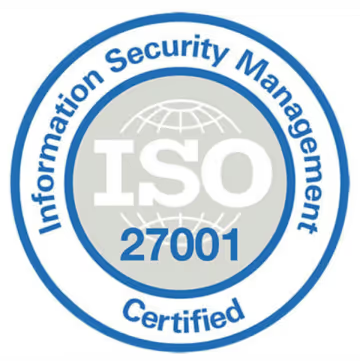Grief is a universal human experience, but when it enters the workplace, it can quietly disrupt productivity, morale, and even retention. A well-structured EAP for grief counseling not only helps employees process bereavement but also strengthens workplace culture, compassion, and resilience. Let's discover how they work and why they can be a gamechanger within your organization.
Why Grief Counseling Matters in the Workplace
Losing someone you cared about is hard. Wether it's a family member, a pet, a friend, and sometimes, even coworkers. Grief, in fact, doesn’t stay at home when an employee returns to work. It affects focus, decision-making, and overall performance. Here's why you should consider an eap grief counseling:
- In Canada, 2 out of every 3 organizations reported having at least one employee take bereavement leave in the past year. 3.2 % of all employees took bereavement leave, averaging 2.5 days, plus an additional 1.3 days for funeral/travel purposes [1].
- Among grieving employees, 94 % report trouble concentrating, 91 % say they are significantly less productive, 83 % believe their professional reputation declines, and 79 % consider quitting their job [2].
- Grief-related productivity losses are massive: unresolved grief has been estimated to cost companies $75 billion annually [3], and some recent figures suggest losses up to $225.8 billion when factoring in absenteeism and presenteeism.
- In the U.S., over 57 % of people report having experienced a major loss in the last three years, yet only 63 % say there is specific time off for bereavement, and a mere 47 % report that this leave is paid [4].
- unresolved grief has been estimated to cost companies $75 billion annually, and some recent figures suggest losses up to $225.8 billion when factoring in absenteeism and presenteeism [5]. This can be changed with access to online therapy or on-site therapy for employees through employee assistance programs.

How EAP Supports Employees During Bereavement
Within the EAP framework, bereavement support at work often includes counseling for bereaved employees, mental health assessments, and grief recovery programs designed to help individuals manage emotional distress. Key features of EAP grief counseling include:
- Confidential and stigma-free access to grief therapy through licensed professionals.
- Flexible delivery modes, including in-person, virtual grief support, and digital sessions.
- Immediate availability, with many EAPs like Meditopia for Work offering 24/7 helplines for crisis response.
- Resources for managers, guiding them on how to support grieving employees compassionately.
Modern EAPs integrate corporate grief programs into their wellness frameworks, ensuring emotional support aligns with organizational goals. These programs empower managers to handle bereavement with empathy while protecting team morale and workflow stability.
Types of Grief Support Offered by Modern EAPs
Today’s employee assistance grief programs are evolving. They’re no longer limited to a few therapy sessions; instead, they offer holistic support that covers emotional, social, and practical aspects of loss. Here are the most common forms of grief counseling for employees available through modern EAPs:

Implementing Grief Support via EAP: Best Practices
For HR leaders, introducing workplace emotional support through an EAP requires thoughtful integration into your company culture and communication strategy. Meditopia can assist you through all the integration stages, and take care of the implementations for you at no extra cost. Here are the best practices you can also follow:
- Raise Awareness and Reduce Stigma: Promote grief counseling and grief recovery programs openly, through internal communication channels, employee newsletters, and mental health campaigns. Normalize conversations about loss.
- Train Managers and Team Leaders: Provide manager training on empathy, active listening, and appropriate responses to grief. Managers often serve as the first line of support, they deserve and need support too.
- Ensure Accessibility: Offer both digital grief counseling and in-person options to support all employees, whether remote, hybrid, or onsite.
- Establish a Clear Referral Process: Make it easy for employees to access this employee wellness support resources without red tape. Employees should know who to contact and how quickly help is available.
- Integrate Grief Support into Broader Well-being Programs: Align grief support initiatives with other workplace mental wellbeing programs to create a cohesive employee wellness ecosystem.
- Monitor Engagement and Outcomes: Use anonymous feedback, participation rates, and productivity indicators to measure program effectiveness. This helps HR refine support strategies and demonstrate ROI.

























